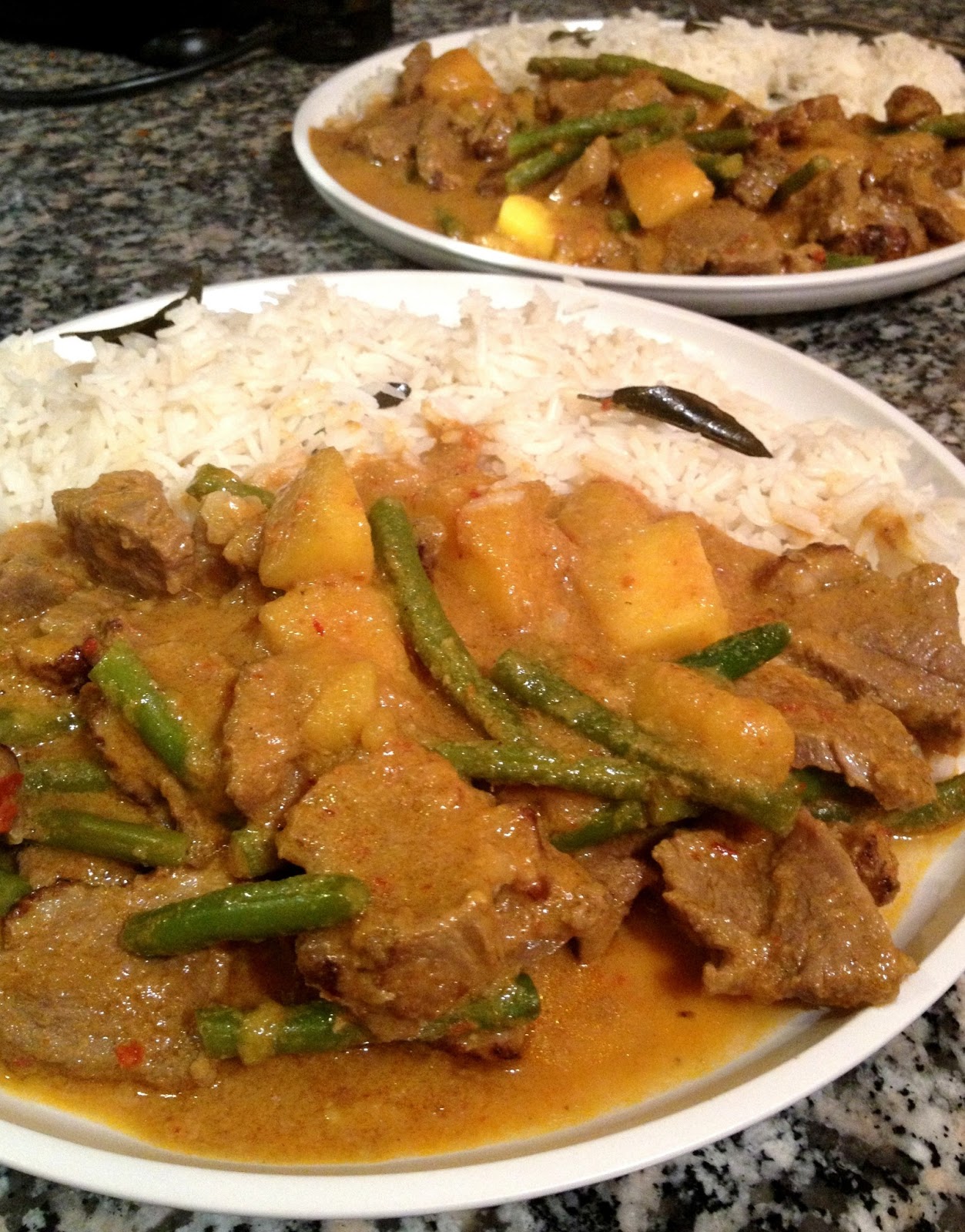This recipe is adapted from the BBC Good Food website (you can find the original here), I’ve just done a little tinkering. To be honest I was a little dubious prior to cooking it - I’m not sure why, I guess I didn’t think it would be particularly interesting. But it really was very good indeed and one that I will certainly make again at some point soon.
As ever, do make sure to use sustainably sourced fish and also try and use really good fresh olives (by which I mean not in a jar or tin).
Sicilian Inspired Fish & Couscous Stew
serves 2 for lunch or a light supper
1 tbsp olive oil
1 medium onion, finely chopped
2 large garlic cloves, sliced thinly
2 anchovies from a jar or tin, in oil, finely chopped
small handful of small Kalamata olives, pitted
a large pinch of chilli flakes
small (200g) tin of chopped tomatoes
small glass (125ml) white wine
400ml fish (or vegetable) stock
60g couscous
250g white fish (skinless fillet)
½ lemon, juice and zest
a handful chopped parsley
Heat the olive oil in a pan and add the onion, garlic, anchovies and chilli. Season with a tiny pinch of salt and a few grinds of pepper and cook on a low heat for at least 20 minutes, stirring occasionally until the onion is softened and translucent and the anchovy bits have disintegrated.
Turn the heat up and pour in the white wine. Cook until the wine has reduced by half then add the chopped tomatoes and the lemon juice. Turn the heat back down to low, stir everything together and cook for a further 10 minutes.
Add the stock and bring back up to the boil for a few minutes. Turn down to a simmer, add the couscous, stir through then add the fish. Cover with a lid and cook until the fish is done, about 5-7 minutes.
Divide between 2 dishes, breaking the fish into large pieces as you do, then sprinkle over the lemon zest and some chopped parsley. A nice crisp green salad on the side would probably go down quite well.
































